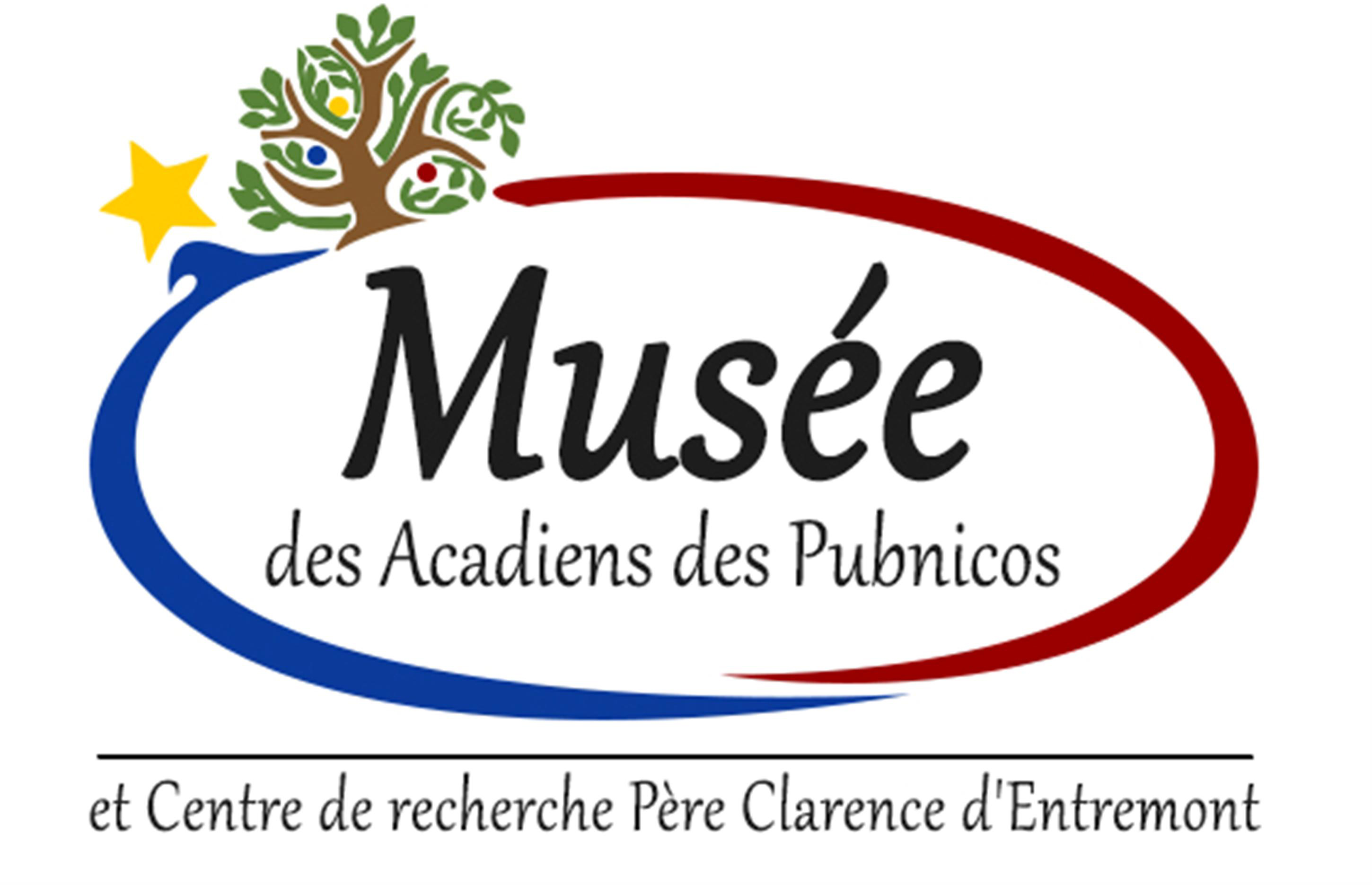Council of Nova Scotia Archives
Musée des Acadiens des Pubnicos et Centre de recherche
Abbott’s Harbour Wharf, Île du Quoggueniche or "Abbott’s Harbour Island," and view of White’s Head lighthouse
Quai du Quoggueniche or Abbott’s Harbour Wharf, Île du Quoggueniche and view of White’s Island lighthouse
Quoggueniche, a Micmac work meaning “a marine harbour with two ways in.”
Quoggueniche is the name that the First Nations people gave to this fishing area, meaning "a harbour with two entrances." This name is still very much in use, although the official name is "Abbott’s Harbour," a man by the name of "Abbott" having lived on the island, at number 24. The whole Micmac word would be Quo-Quoggueniche, "iche" pronounced "ish". It is strange that "Whitehead Island" is known by the French-speaking people as Île Rouge (Red Island).
In the history of Pubnico, the main industry has always been fishing, and the areas that were most often fished were the following: Brown’s Bank, Banquereau Bank, and the Grand Banks of Newfoundland. When fishing on Brown’s Bank, they were never gone longer than two weeks, generally only one week, but on the Grand Banks it was a different story. First, only the largest boats could partake in this type of fishing. During the fishing season, they made two trips. For the first one, they left Pubnico towards the end of March (if the winter had not been too harsh) and they would return near the end of June. Usually, they would try to rush home for the Feast of Saint Peter, patron saint of the parish, which is on June 29. After about ten days, they would set sail again for the banks and return around mid-September.
The large boats carried a crew of about twenty men. One can imagine all the necessary provisions that were needed to nourish everyone on this nearly three-month journey. The following needed to be stored on board:
Forty barrels of flour, some barrels of salted meat, potatoes, dried apples, molasses, and about forty barrels of fresh water. They also filled four or five barrels with fresh water to store the cod liver oil that they would collect during the trip. They needed at least one hundred barrels of clams for bait.
Reference: Musée des Acadiens des Pubnicos 2003.42-P96
For more information, please contact the Musée des Acadiens des Pubnicos.


